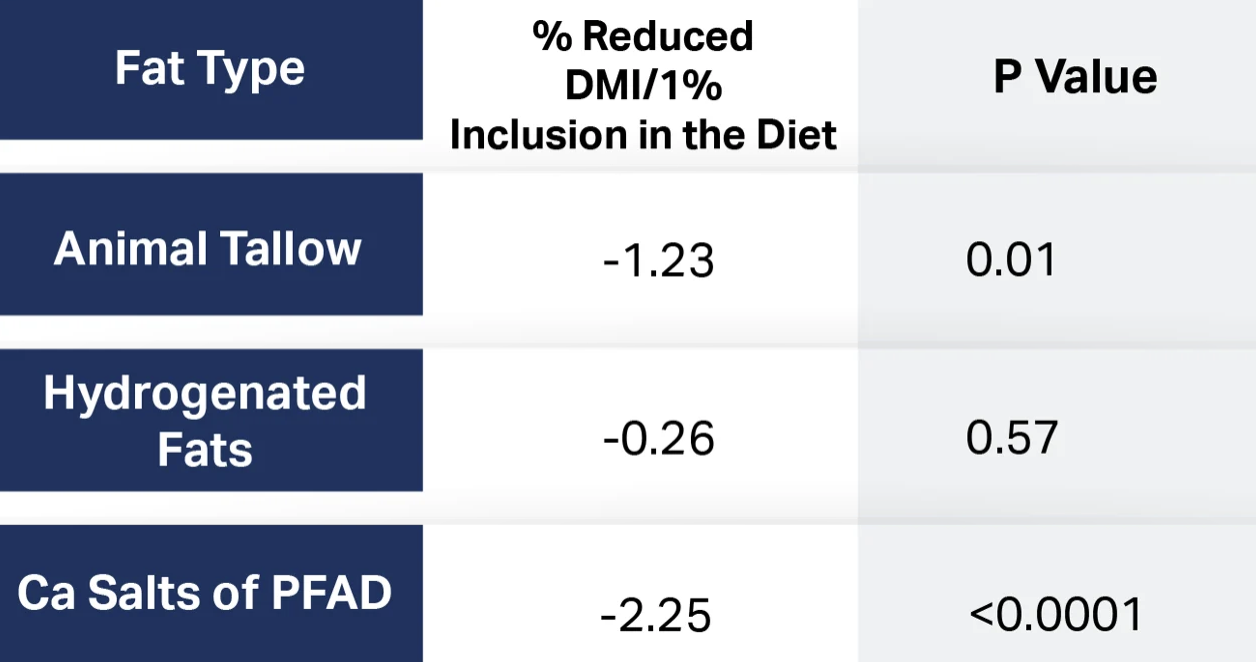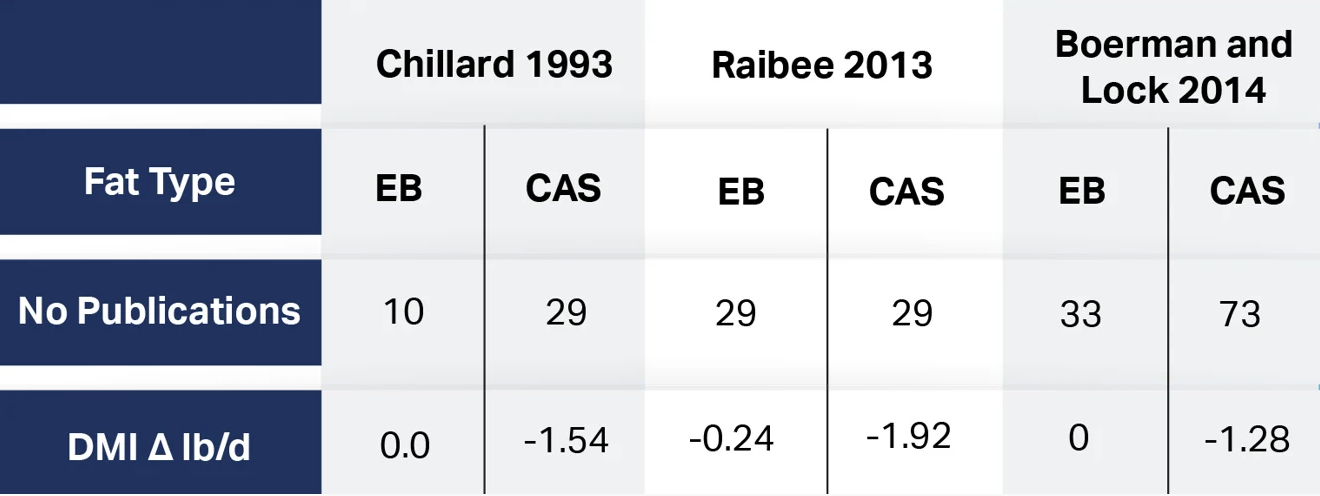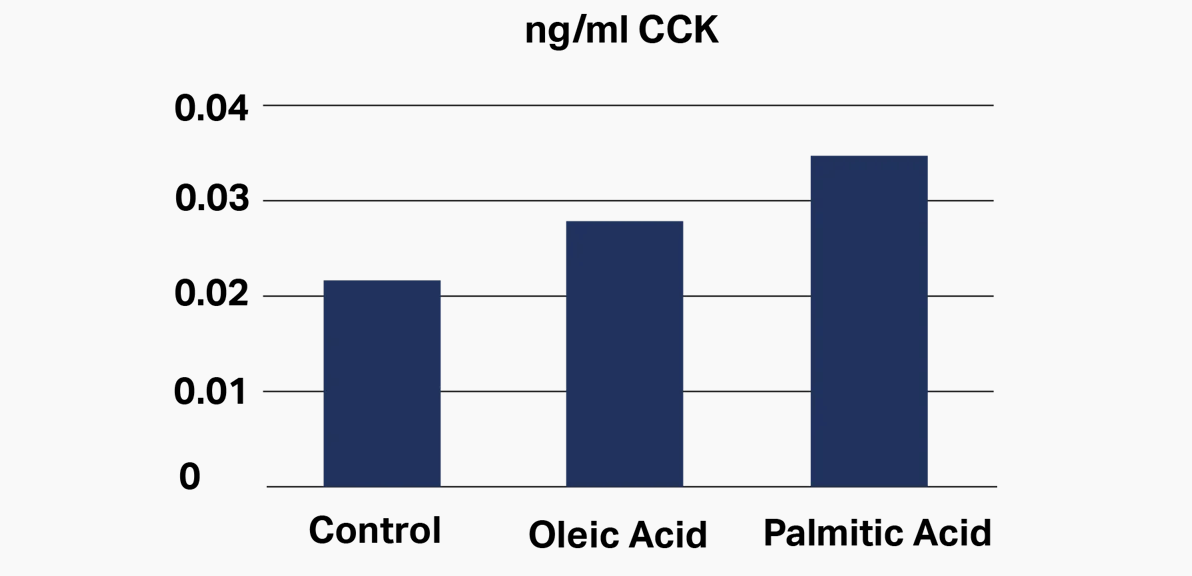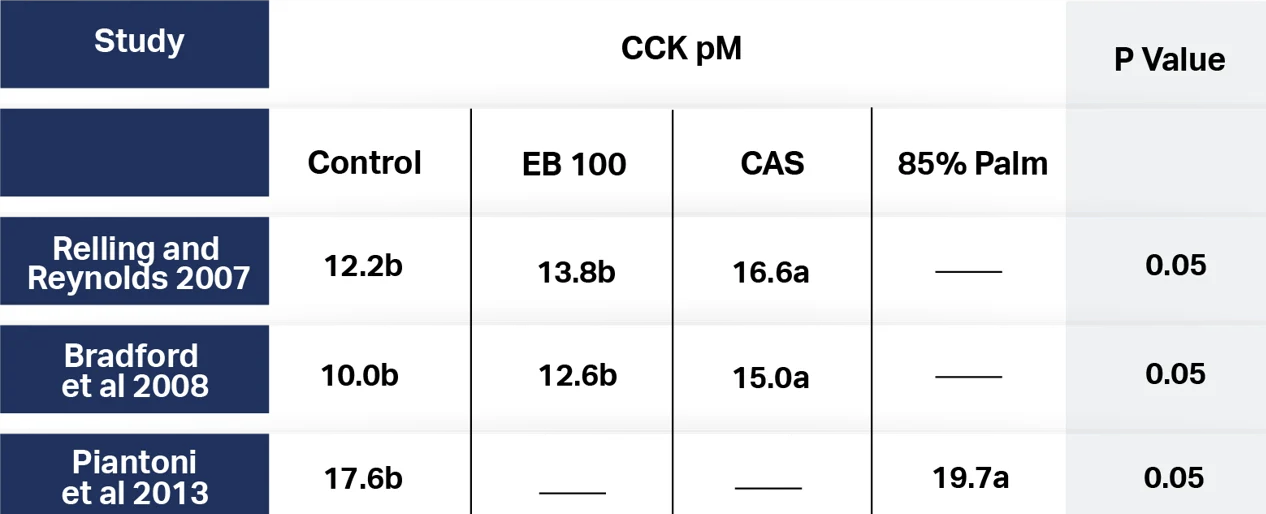Alpha-Lactalbumin: Overnight Recovery for Athletes
In the world of sports nutrition, optimal recovery is just as important as training itself. For athletes aiming to enhance performance, sleep plays a critical role in muscle recovery and overall well-being. One protein that is gaining attention for its ability to improve overnight recovery is alpha-lactalbumin. Known for its high bioavailability and unique amino acid profile, alpha-lactalbumin offers a powerful solution to support both muscle repair and sleep quality.

What is Alpha-Lactalbumin?
Alpha-lactalbumin is a naturally occurring whey protein found in milk, with a high concentration of essential amino acids, particularly tryptophan. Tryptophan is a precursor to serotonin and melatonin, the hormones responsible for regulating mood and sleep-wake cycles. This makes alpha-lactalbumin an ideal protein source for athletes looking to recover while they rest.
Unlike other proteins that are typically used for muscle repair, such as casein or whey protein isolate, alpha-lactalbumin is uniquely suited to be consumed before bed. Its specific benefits go beyond just supporting muscle tissue; it actively contributes to improved sleep quality, creating a holistic recovery solution.
Key Benefits of Alpha-Lactalbumin for Athletes
1. Enhanced Muscle Recovery
Alpha-lactalbumin contains high levels of branched-chain amino acids (BCAAs), including leucine, which is crucial for stimulating muscle protein synthesis. This helps reduce muscle breakdown, leading to faster recovery after intense exercise. When taken before sleep, alpha-lactalbumin continues to fuel muscle repair throughout the night, providing the body with a steady supply of amino acids while it rests.
2. Improved Sleep Quality
One of the standout features of alpha-lactalbumin is its tryptophan content. Tryptophan is converted into serotonin in the brain, which helps induce relaxation and improve sleep quality. Additionally, serotonin is later converted into melatonin, the hormone that regulates the sleep cycle. Studies have shown that consuming alpha-lactalbumin can increase tryptophan availability, promoting deeper and more restful sleep—a crucial factor for athletes needing to optimize recovery.
3. Boosts Immunity and Overall Health
In addition to muscle recovery and sleep, alpha-lactalbumin contains bioactive peptides that can enhance immune function. Athletes who train rigorously often face immune challenges, making them more susceptible to infections. By supporting immune health, alpha-lactalbumin helps athletes maintain peak physical condition, allowing them to train consistently without being derailed by illness.
4. Easily Digestible
Unlike casein, which is a slower-digesting protein, alpha-lactalbumin is easily absorbed by the body. Its quick digestion ensures that the amino acids are rapidly available to the muscles, especially during the initial stages of recovery. However, its tryptophan content helps balance this rapid absorption by promoting sustained relaxation, making it the perfect protein to consume before sleep.
Alpha-Lactalbumin in Sports Nutrition Products
As the demand for functional ingredients in sports nutrition grows, alpha-lactalbumin is becoming a popular addition to recovery-focused products. Its versatility allows it to be incorporated into various formats, including protein powders, overnight recovery shakes, and meal replacements specifically designed for athletes.
Many sports nutrition brands are now recognizing the value of providing athletes with a protein that works just as effectively during sleep as it does during the day. Alpha-lactalbumin can be paired with slow-release carbohydrates or fats to create a balanced nighttime supplement that not only aids in muscle recovery but also improves overall sleep quality.

A Holistic Approach to Athletic Recovery
Athletes are increasingly understanding that recovery isn’t just about repairing muscles—it’s about optimizing every aspect of well-being, including sleep. Alpha-lactalbumin represents a shift towards a more holistic approach to sports nutrition, where recovery is supported 24/7. By fueling muscle recovery and improving sleep quality, alpha-lactalbumin helps athletes achieve their full potential, ensuring they wake up refreshed, repaired, and ready to perform at their best.
For athletes seeking the edge in recovery and performance, alpha-lactalbumin is an essential ingredient that bridges the gap between muscle repair and rest. Whether it’s improving muscle protein synthesis or enhancing sleep quality, this powerful protein is changing the game for overnight recovery.
Conclusion
Incorporating alpha-lactalbumin into an athlete’s nighttime routine can significantly enhance muscle recovery and sleep quality. Its unique ability to provide a rich source of amino acids while promoting restful sleep makes it a standout protein in sports nutrition. As research continues to unveil the full benefits of alpha-lactalbumin, it’s clear that this ingredient is a valuable tool for athletes striving for optimal performance and recovery.



















